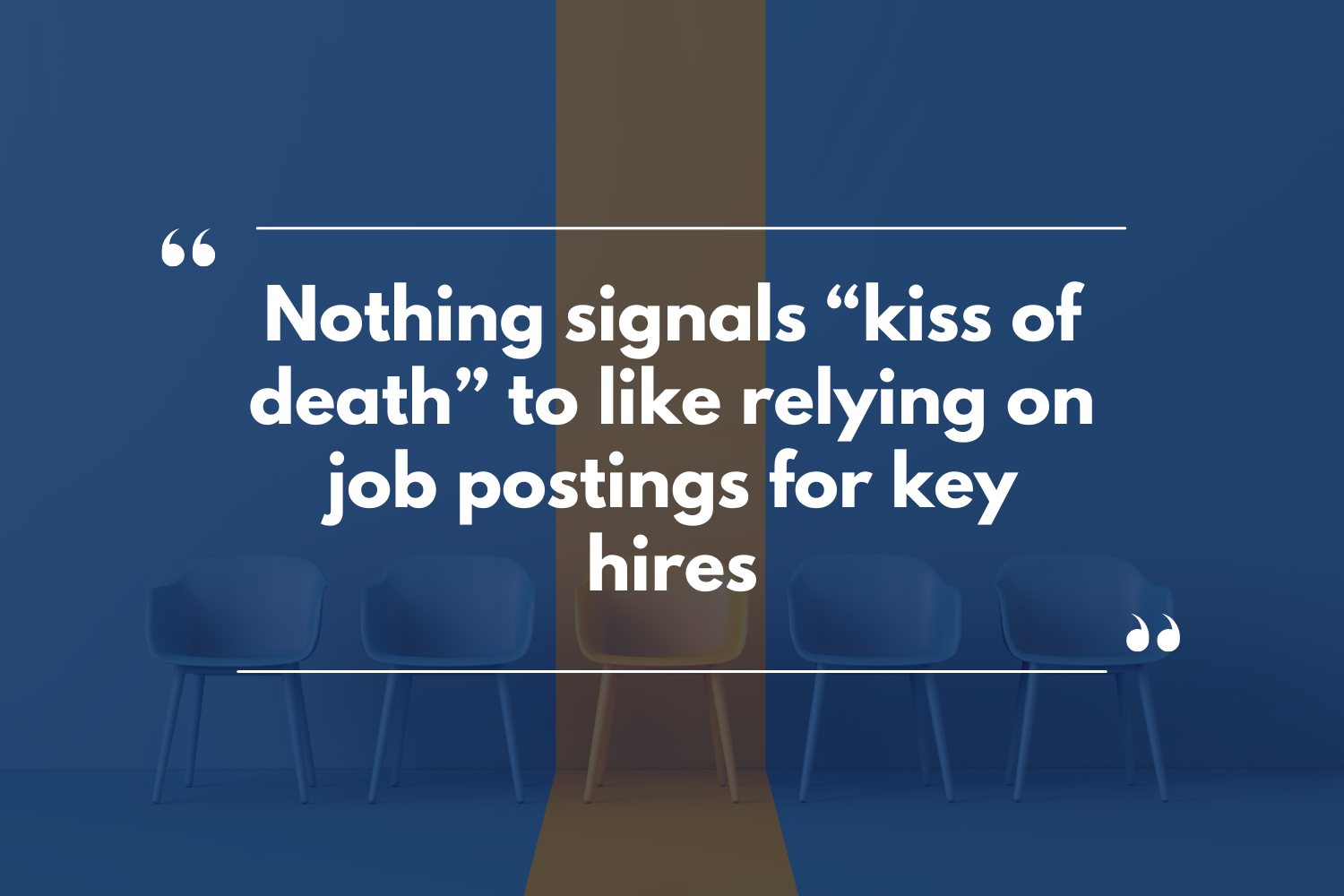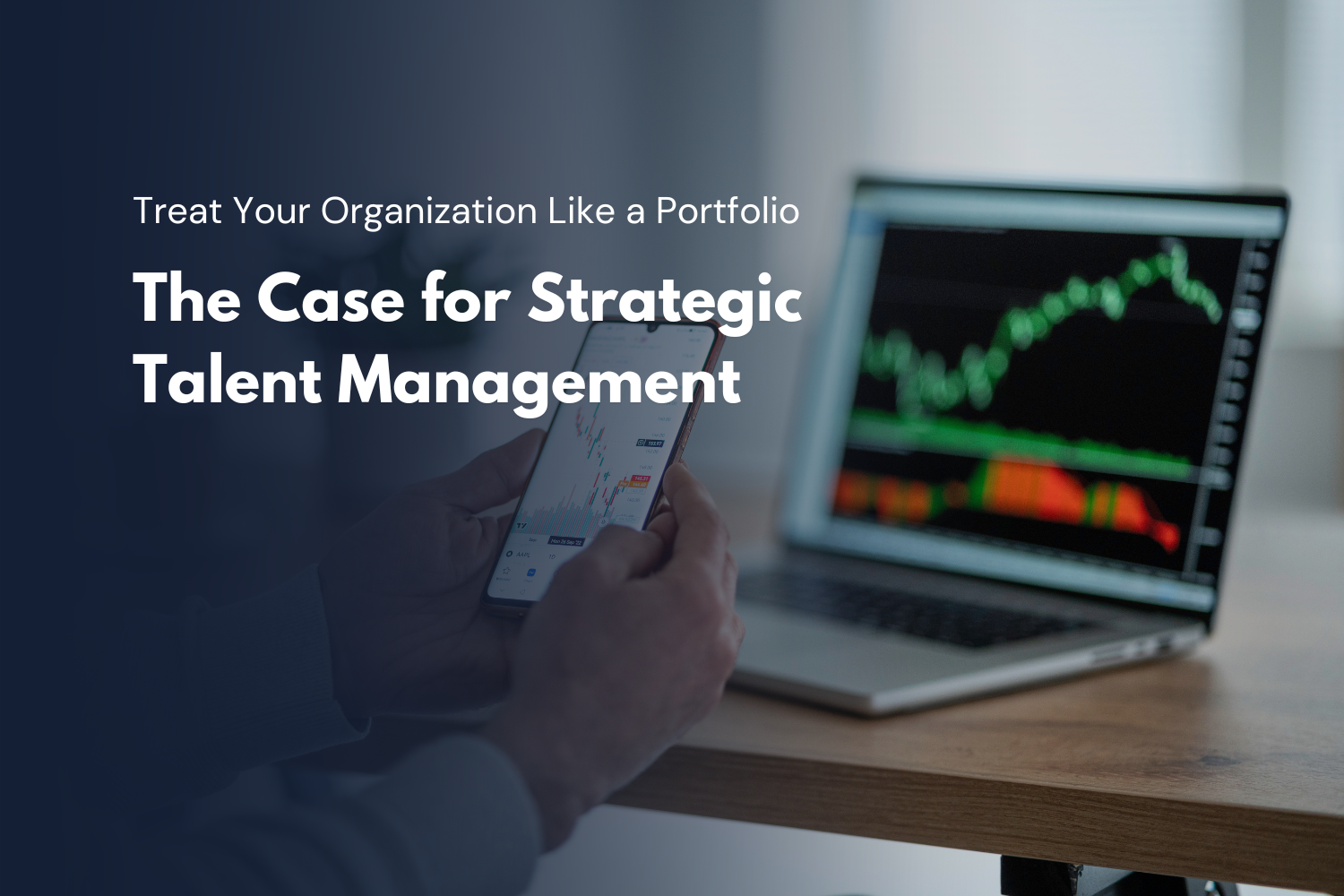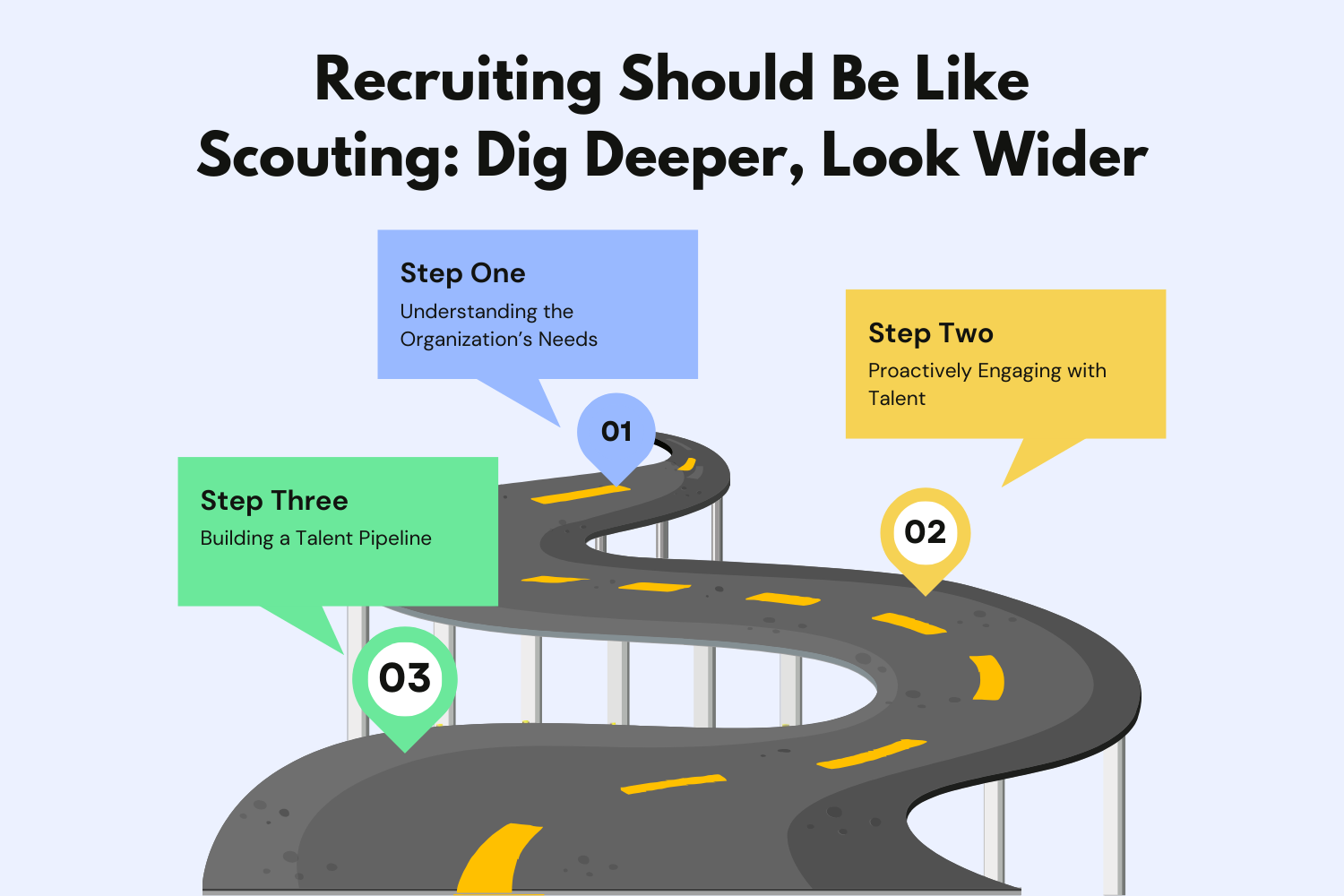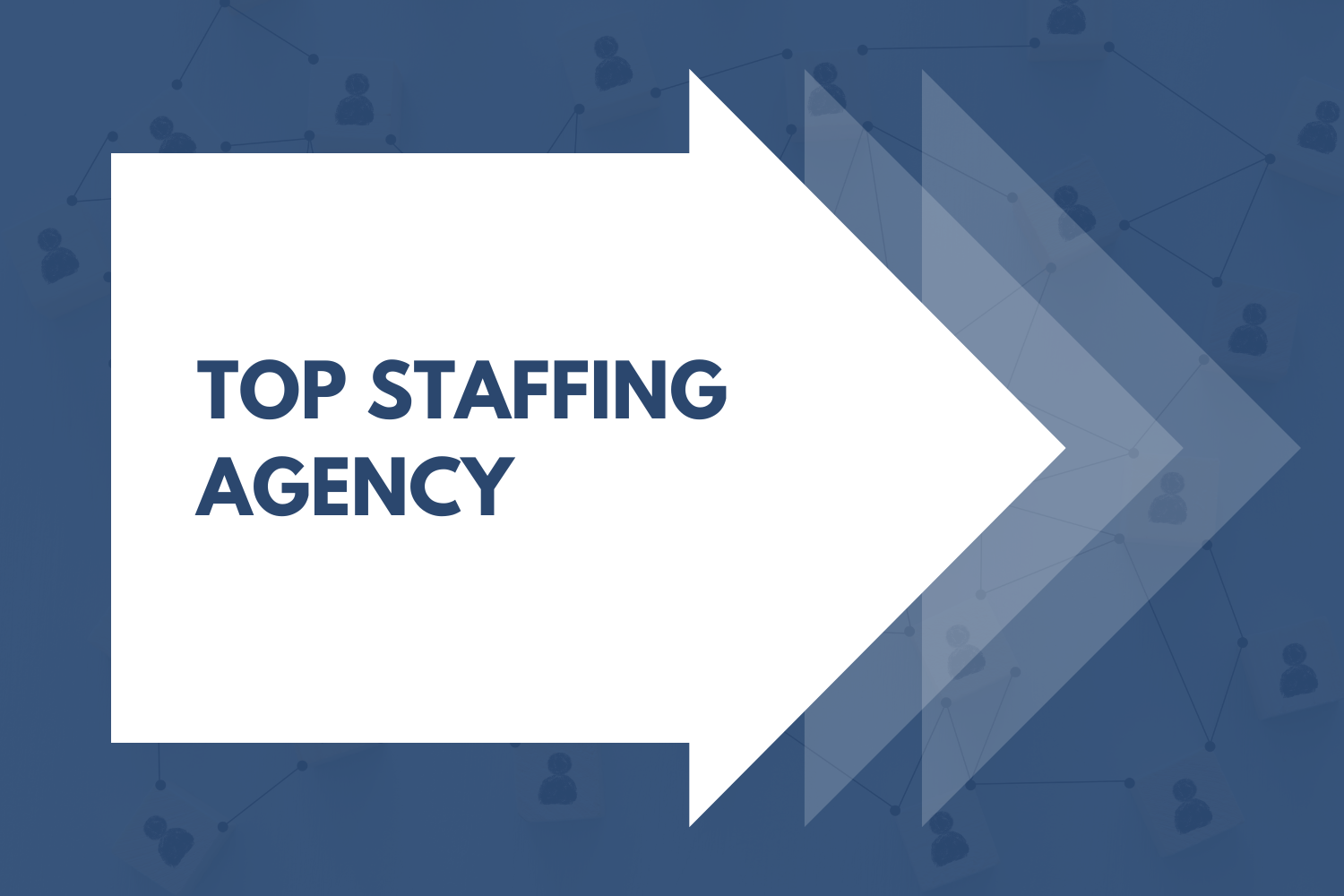
Nvidia’s transformation from a gaming powerhouse to an AI leader offers valuable insights for businesses across industries. With its stock surging over 1,500% since 2019, the company’s growth has not only enriched early investors but also reshaped the landscape of the technology sector. But beyond the stock market headlines, there are important lessons in how Nvidia structured its business relationships, strategically partnered with other companies, and managed its long-term growth.
Here are some key takeaways from Nvidia’s remarkable success and how businesses can apply these principles.
One of the most striking aspects of Nvidia’s business model is its focus on a limited number of high-quality clients. Unlike companies that cater to hundreds of customers, Nvidia derives a significant portion of its revenue from a handful of core partners, many of whom are competitors. These clients continue to choose Nvidia because of the exceptional value they derive from its products, particularly its AI and GPU technologies.
For many companies, the lesson is clear: you don’t need to chase a vast number of clients to be successful. Instead, prioritize developing deep, strategic relationships with a few key customers who can drive significant revenue. This approach not only strengthens your business model but also creates opportunities for repeat business and long-term growth. As Nvidia demonstrates, a handful of committed clients can provide more stability and growth potential than a broad but less engaged customer base.
Nvidia’s success is also tied to its strategic partnerships. For instance, a substantial portion of Micron’s business comes from selling memory to Nvidia, while Taiwan Semiconductor Manufacturing Company (TSMC) produces the wafers that power Nvidia’s chips. These collaborations allow Nvidia to focus on its core competencies while relying on partners to provide complementary expertise and resources.
Your company doesn’t need to be the industry leader to thrive. Instead, find ways to be indispensable to your partners’ success. When you become a critical component of their operations, your business gains stability and growth prospects, even if you aren’t the “top dog” in your sector. Companies like Micron and TSMC are essential to Nvidia’s supply chain, benefiting from the rising tide of Nvidia’s success without needing to be the main driver.
Going public can provide significant advantages, not only for the company itself but also for everyday investors. Nvidia’s stock story is a testament to the power of the public market. Vanguard, for example, owns 8.3% of Nvidia shares, meaning that countless individual investors benefit from the company’s growth through their IRAs and 401(k)s. In fact, retail investors collectively own 50% of Nvidia’s shares, demonstrating that individual investors have outperformed many hedge funds by holding onto this stock long-term.
The lesson here is that going public can be a strategic move to unlock value for a wide range of stakeholders, from institutional investors to everyday retail investors. It’s a way for companies to access capital while enabling shareholders to participate in the company’s growth journey. For businesses considering an IPO, Nvidia’s story shows that the public market can provide not only liquidity and growth opportunities but also the chance to create generational wealth for loyal investors.
One of the reasons Nvidia has thrived is its ability to secure repeat business from top clients. Half of the company’s revenue comes from a few clients who compete against each other but consistently rely on Nvidia’s technology to maintain their competitive edge. This repeat business has been crucial to Nvidia’s sustained growth.
For your business, this means focusing on client retention and maximizing the lifetime value of your existing customers. Rather than chasing new clients to grow revenue, prioritize providing exceptional service and building strong relationships with your current customers. By becoming a trusted partner, you increase the likelihood of repeat business and create a steady stream of revenue that can drive long-term success.
You don’t need to be the market leader to benefit from industry growth. Take the example of Micron, which sells memory to Nvidia, or TSMC, which manufactures Nvidia’s wafers. Both companies have grown significantly by being essential contributors to Nvidia’s success. Their roles in Nvidia’s supply chain make them indispensable, even if they aren’t as well-known as Nvidia itself.
The takeaway for businesses is to find ways to position themselves as crucial partners to industry leaders. By aligning your company’s success with the growth of larger players in your sector, you can ride the wave of industry trends and secure your position as a valuable partner. In other words, being “important” to the success of others can be a winning strategy, even if you aren’t the most visible company in the ecosystem.
Nvidia’s rise has been especially rewarding for early retail investors, many of whom held onto the stock for years. For some, their investments have paid for dream homes, vacations, and even early retirements. This reflects the value of patience and a long-term investment mindset.
For businesses, the lesson is similar: long-term strategies often yield better results than short-term tactics. Whether you’re investing in R&D, building client relationships, or developing new products, focus on initiatives that will generate sustained growth over time. Companies that commit to long-term strategies are better positioned to weather market fluctuations and capitalize on emerging opportunities.
Nvidia’s journey from a gaming icon to an AI superpower provides a roadmap for businesses aiming to achieve long-term growth. Focus on quality over quantity in client relationships, leverage strategic partnerships, and consider the benefits of going public to unlock value for your investors. By prioritizing repeat business and aligning your success with that of your partners, you can create a resilient and sustainable growth strategy. As Nvidia shows, sometimes it’s not about being the biggest, but about being indispensable to the success of others.









